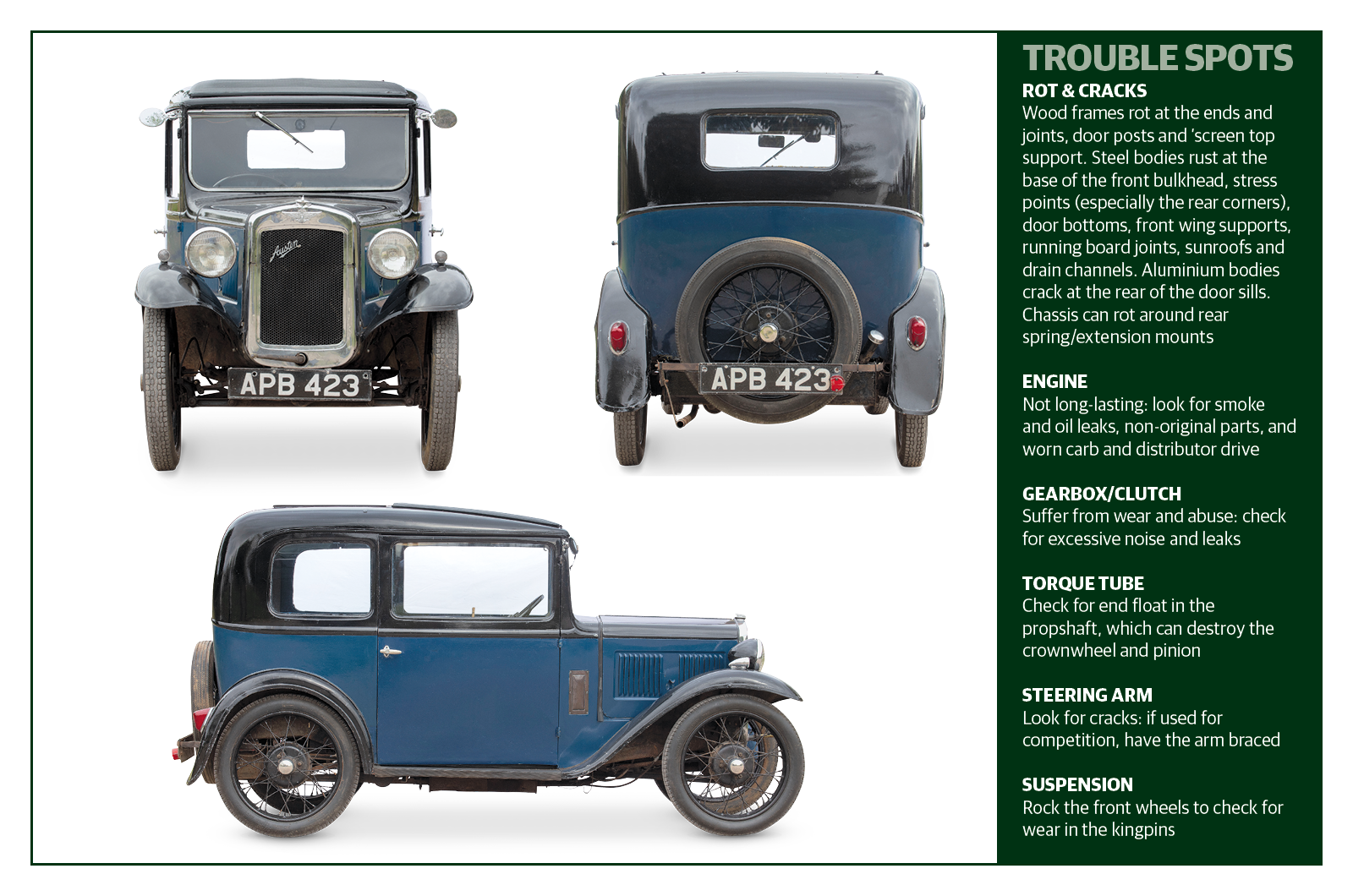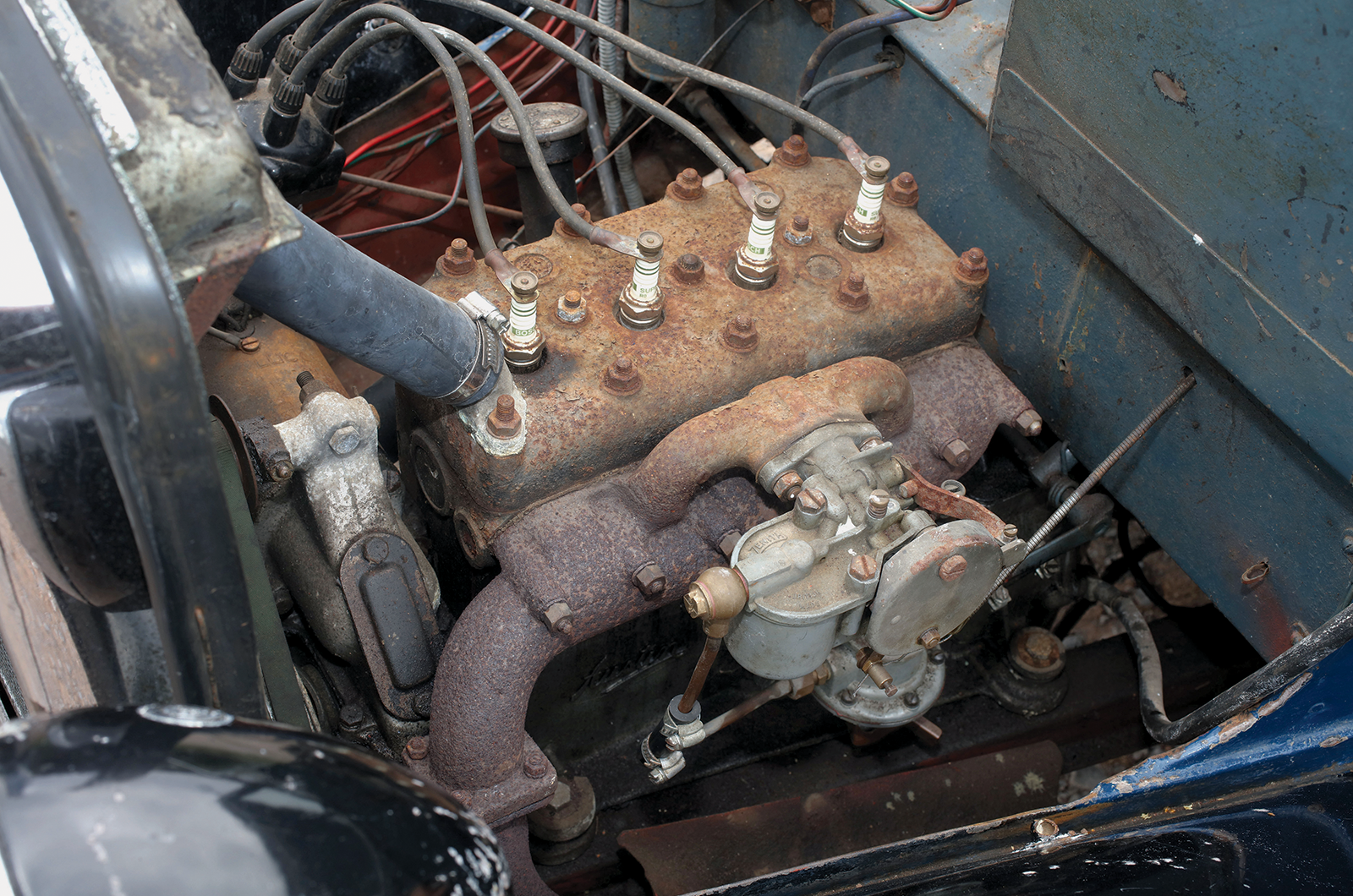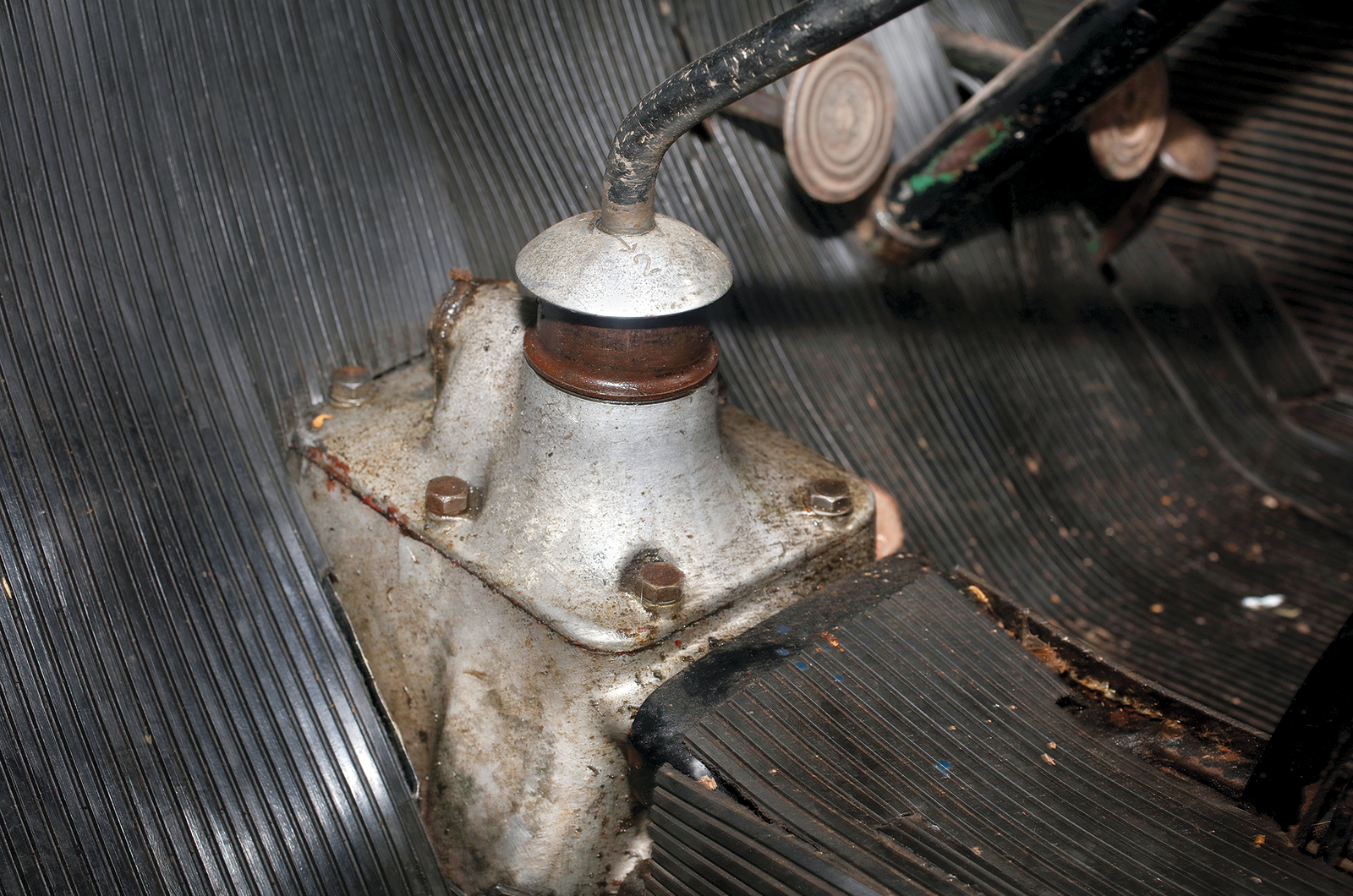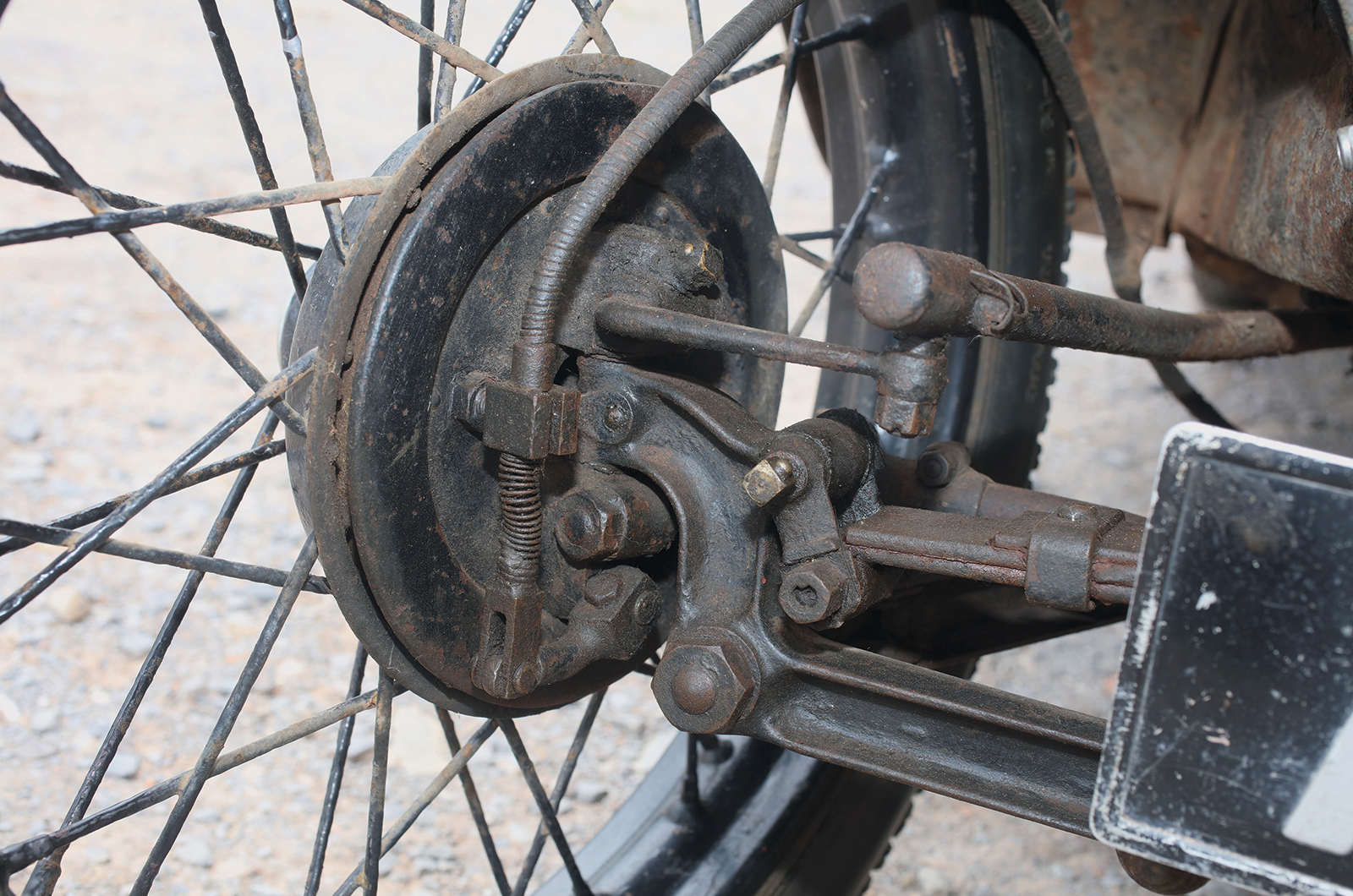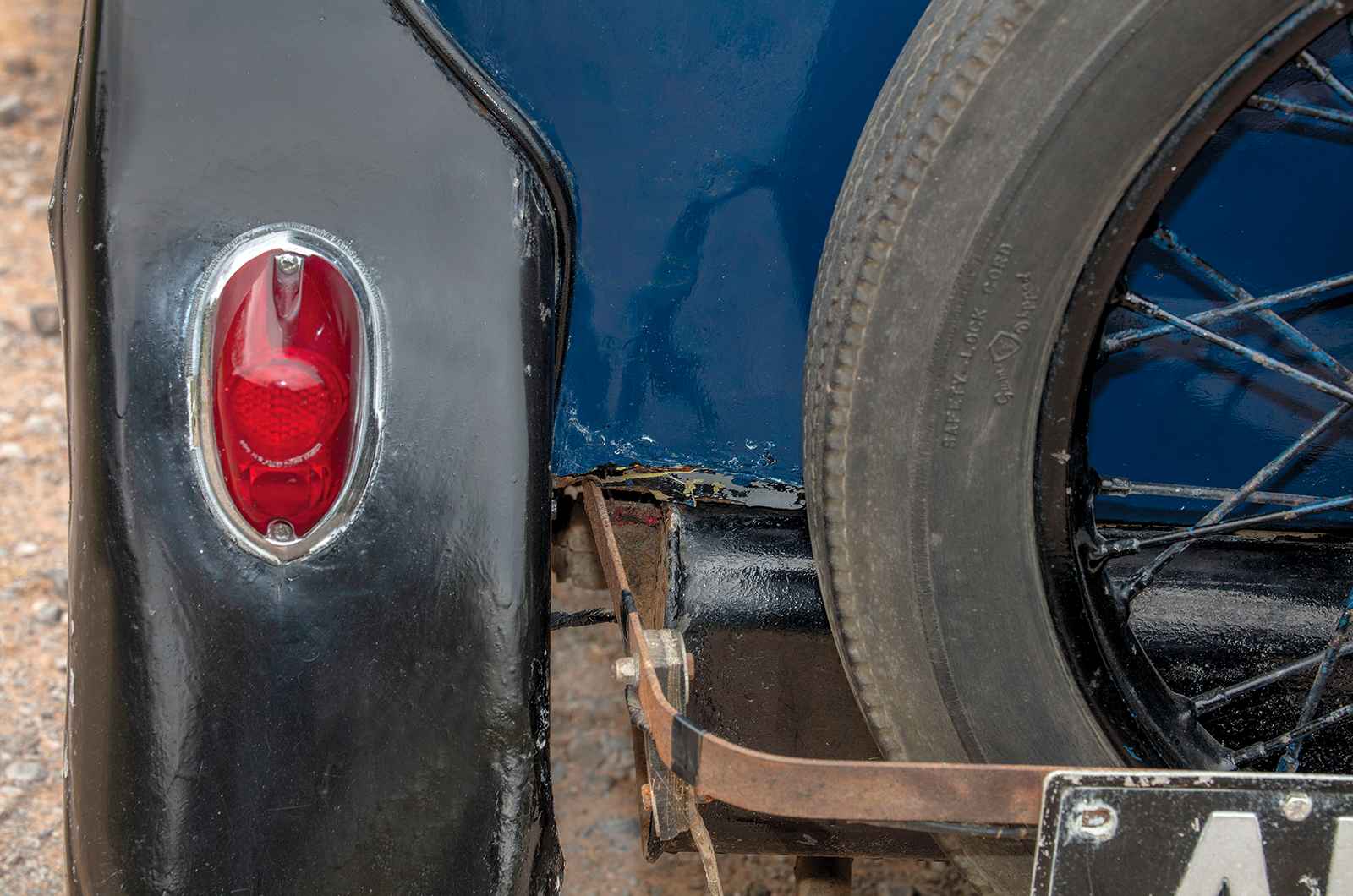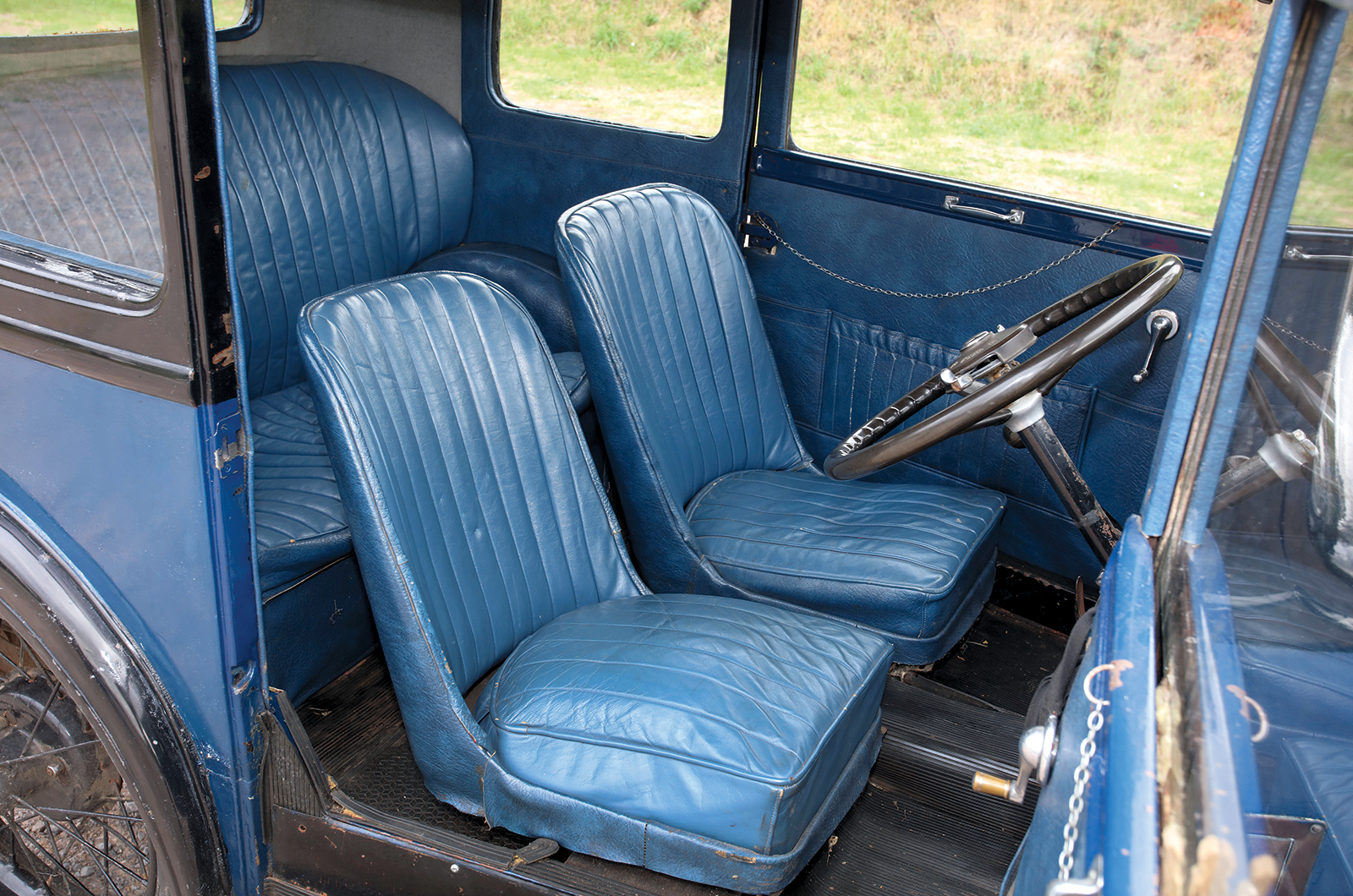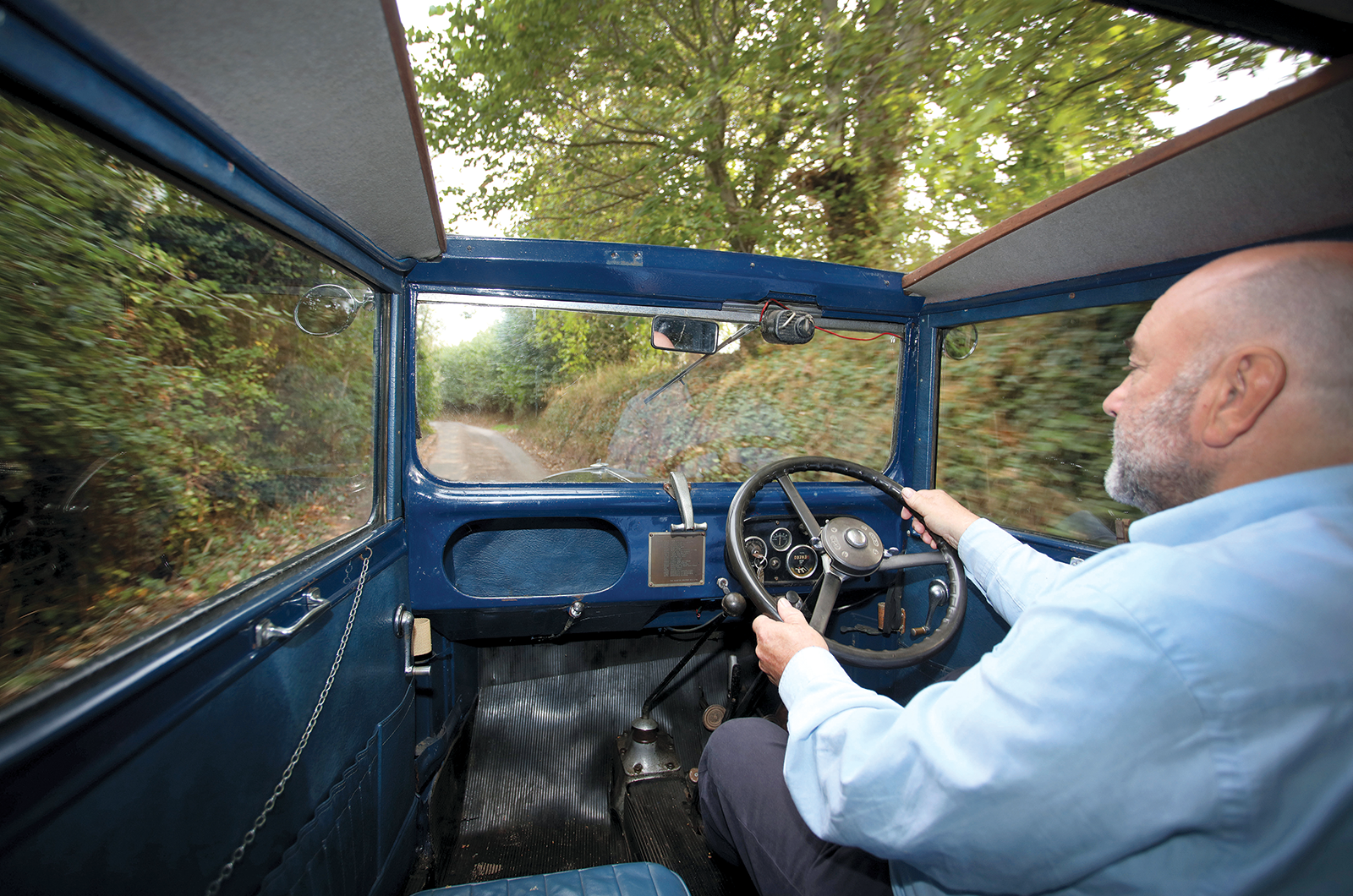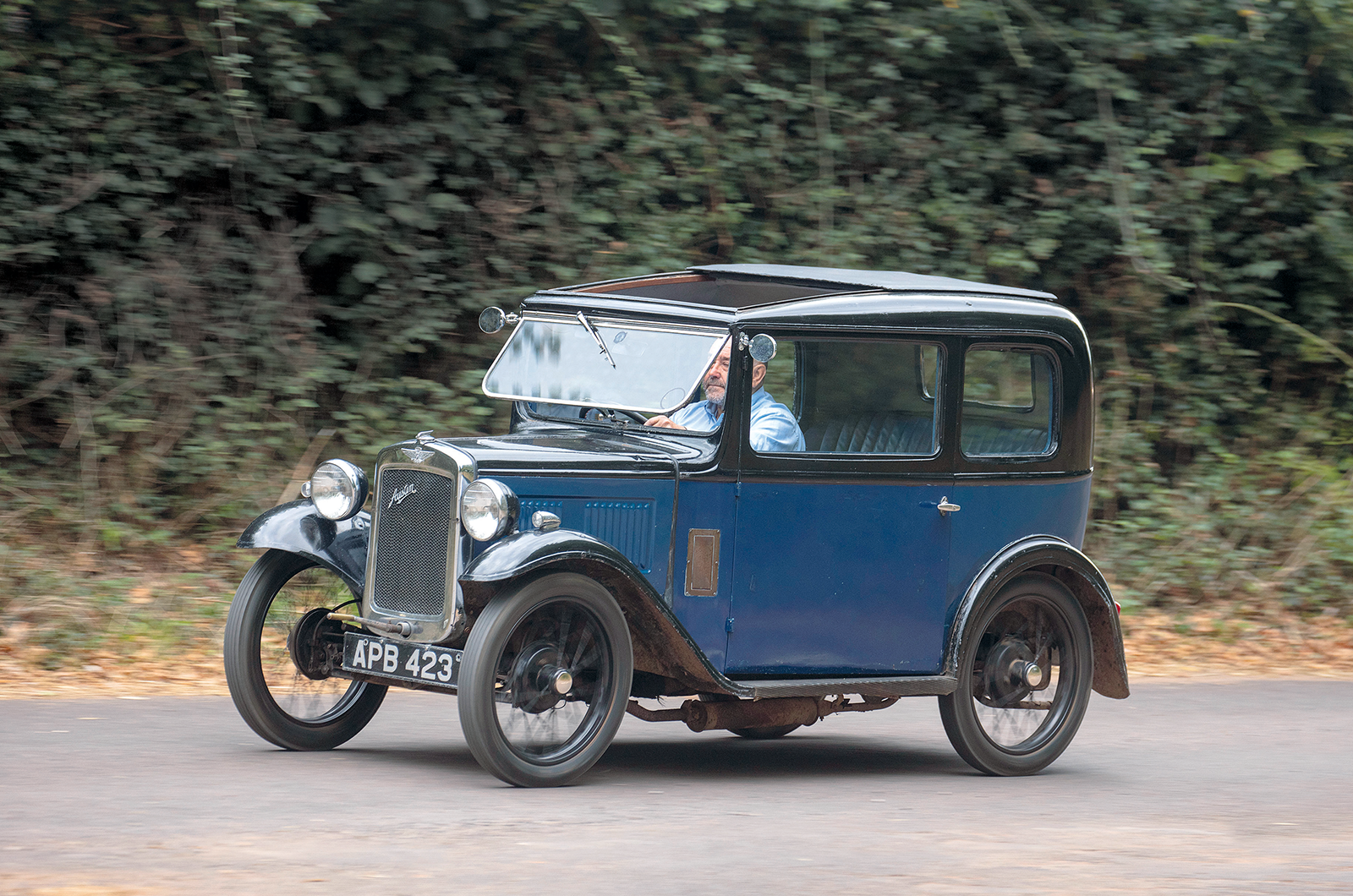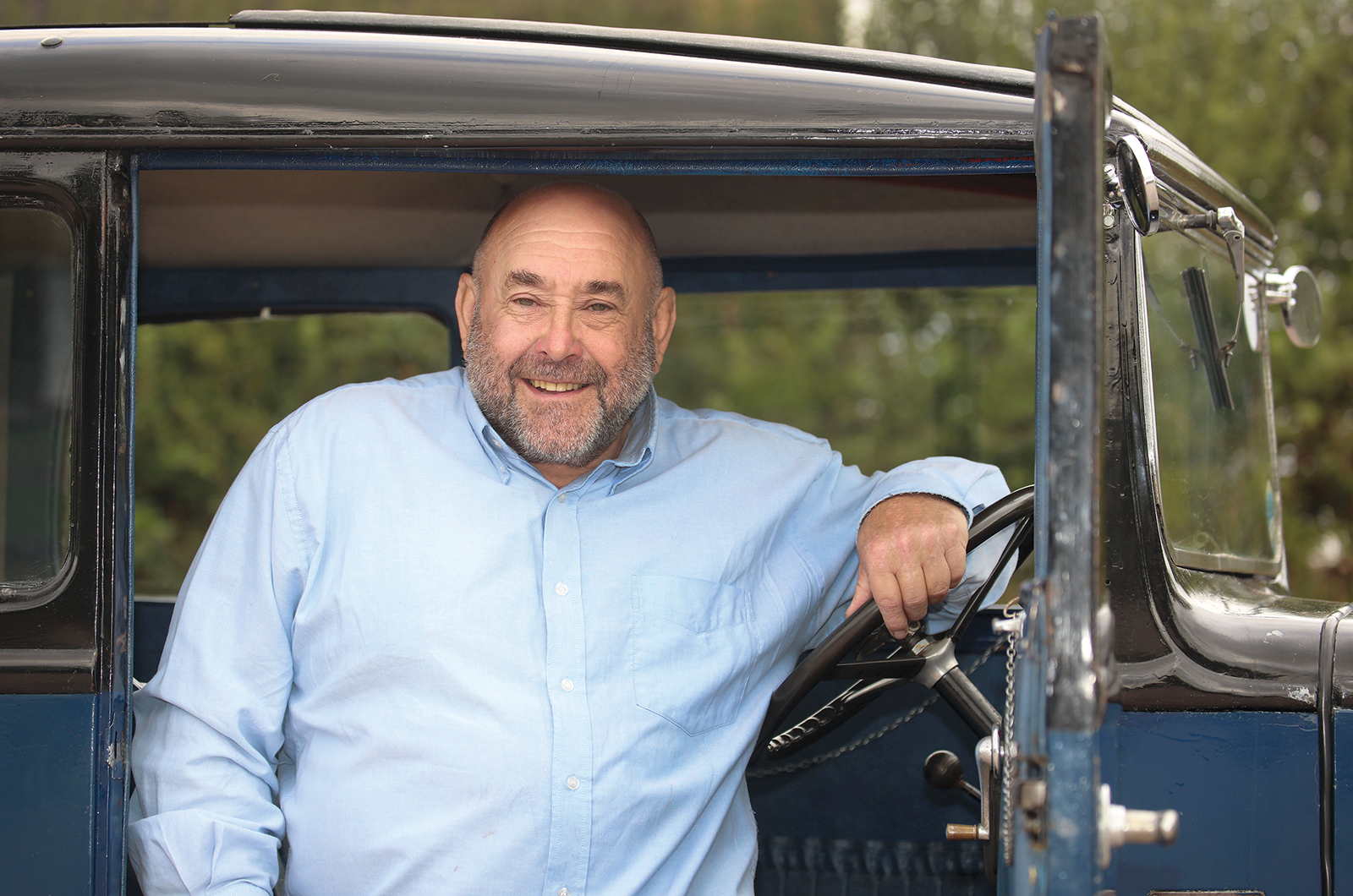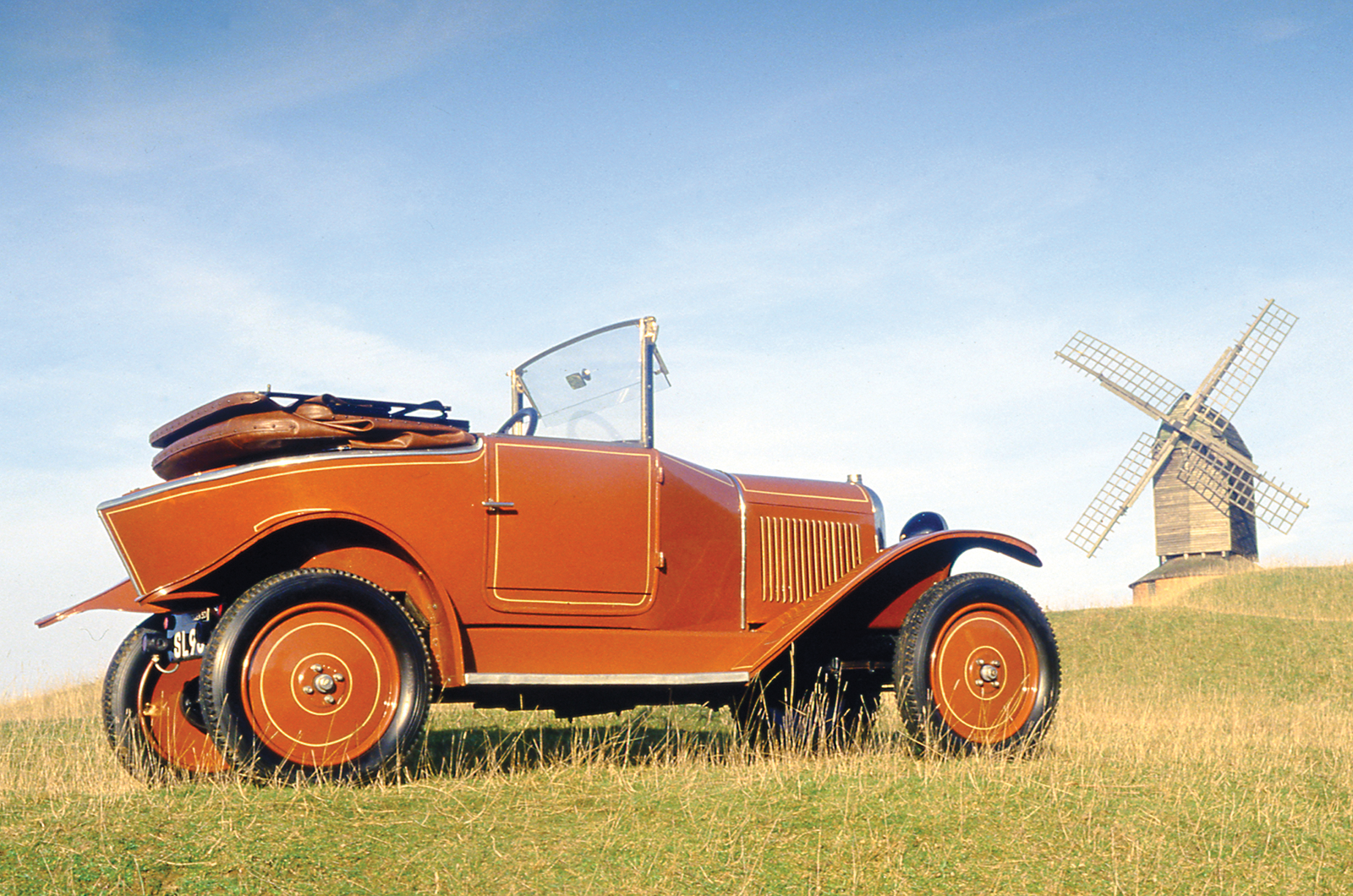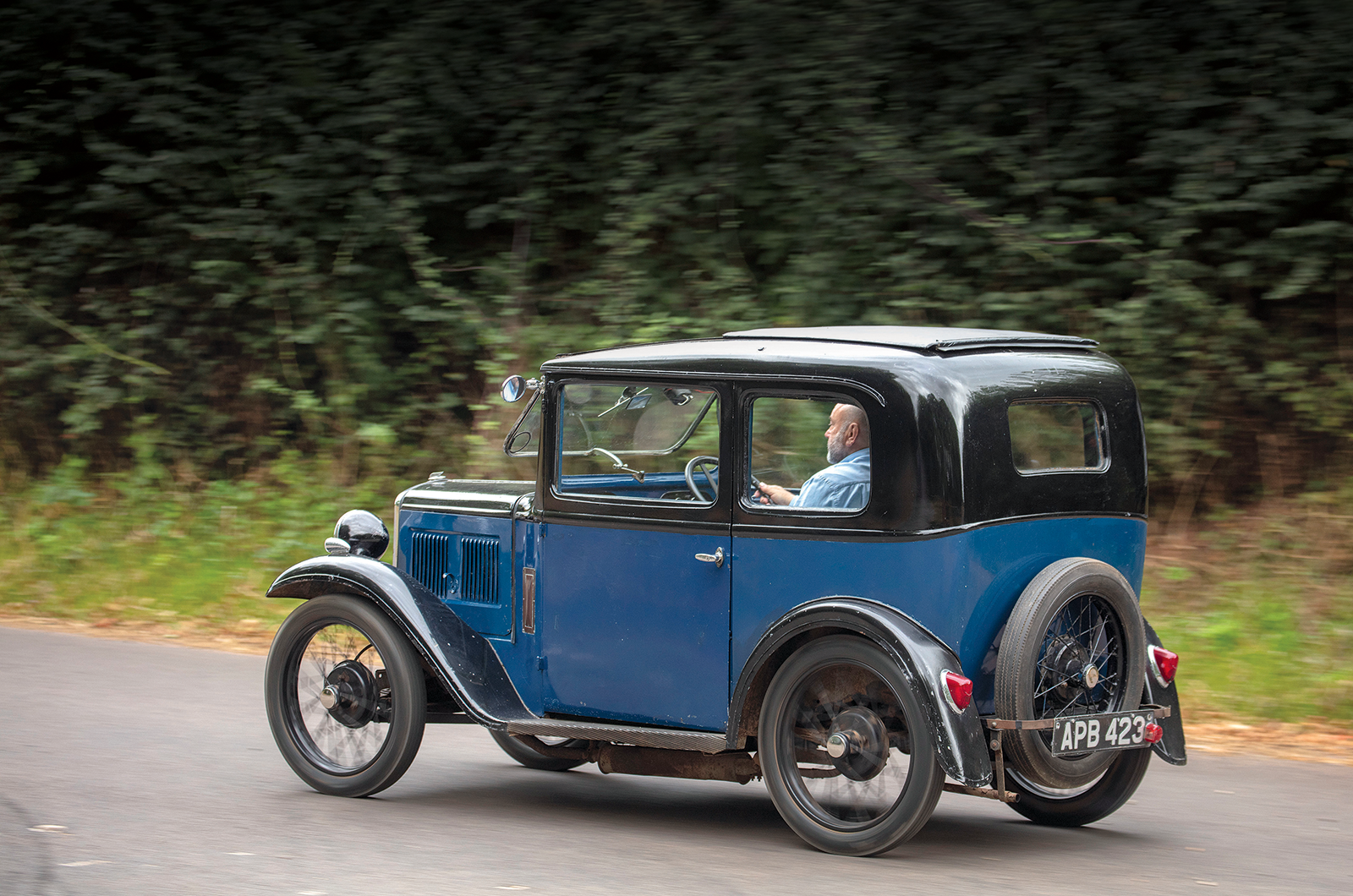
Why you’d want an Austin Seven
Bringing motoring to the masses as the Ford Model T did in the USA, the Austin Seven had a huge impact in Britain and beyond – and kick-started the UKʼs dominant post-WW2 motorsport industry.
Keen to make driving more affordable, manufacturers were turning out often precarious, sometimes downright dangerous cyclecars after WW1.
Sir Herbert Austinʼs great achievement was to make a ʻreal car in miniatureʼ.
With steel and aluminium construction, a proper body with space for four, reasonable weather equipment, four braked wheels, a four-cylinder engine, supple suspension all round and electric lighting, the Seven was a revelation.
The downside, especially today, is that this was achieved by making the car tiny. People really were smaller 100 years ago, and were used to being huddled together when necessary, so the Sevenʼs small size was no obstacle to sales.
When buying today, itʼs vital to be sure that you and your family will fit, and be comfortable.
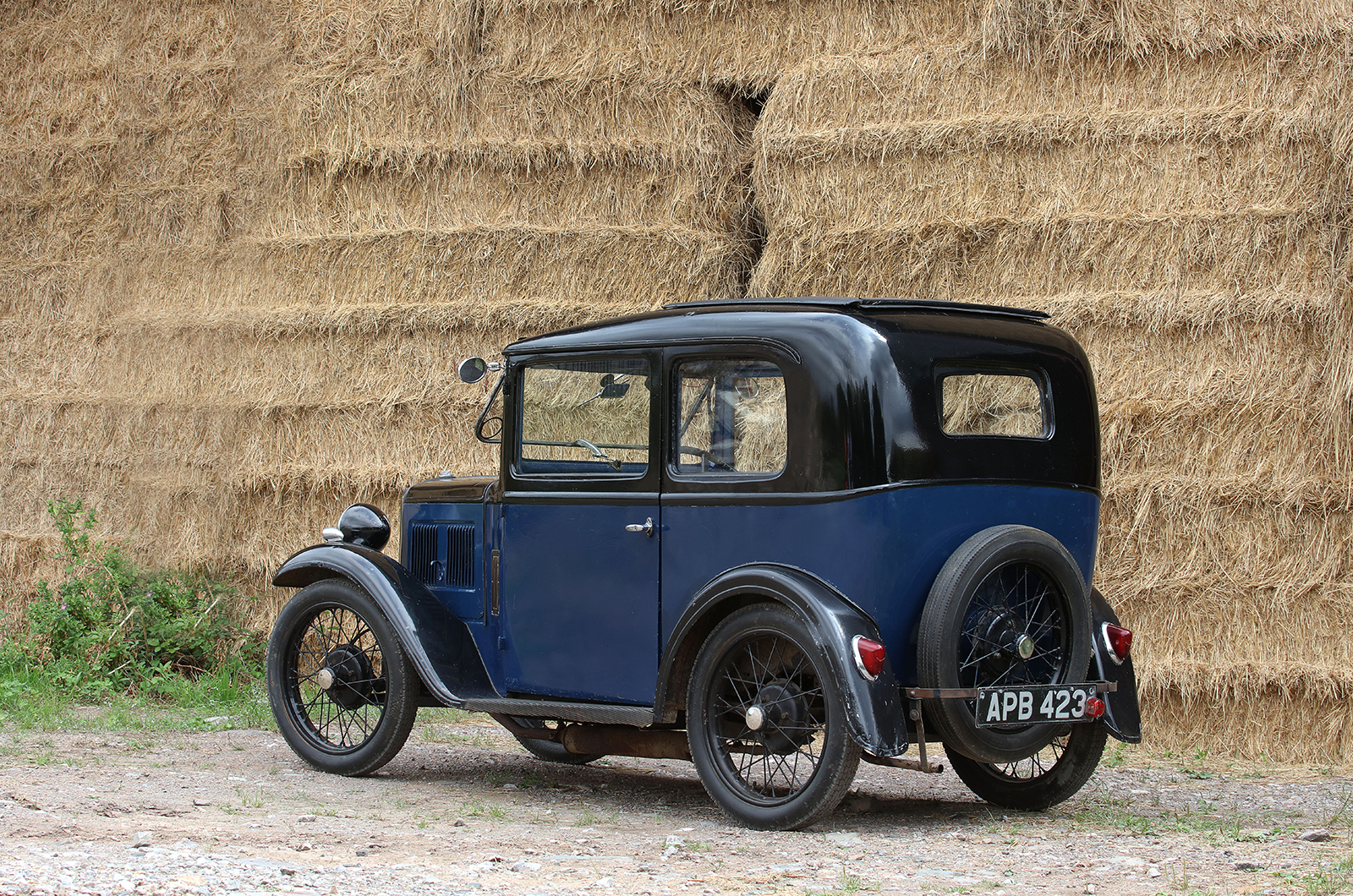
The Seven sold in unprecedented numbers, and was to form the genesis of huge motor manufacturers: both BMW and Nissan started with Seven-derived cars.

